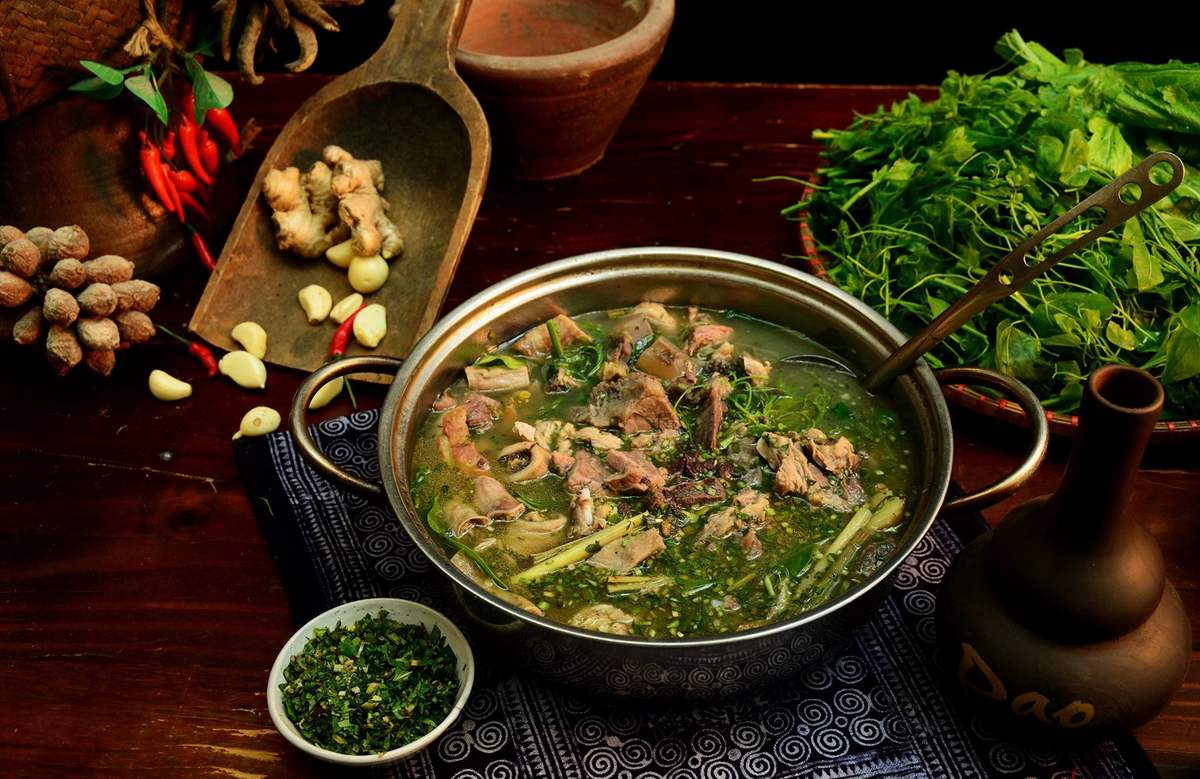In the Northwest of country, Sapa which is 376 km far from Hanoi is an upland district of Lao Cai province – a modest, quiet but containing nature landscape’s marvel.
Coming to Sapa, tourist sight not only clouds playing around mounts, terraces, and sites such as: Cloud bridge, Silver waterfall, Fansipan mount… but also villages, hamlets planned.
In addition, Cat Cat is one of favorite stops that tourists including domestic and foreign ones choose recently.
An ideal place for those who are tired of city life will find out native people’s culture sticking with aboriginal nature.
Cat Cat Village
Cat Cat was established in the middle of 19th century. The households reside follow centralization method: basing on flank and gathering together, far from each one several dozen metres. In Cat Cat, there is a lovely waterfall that it is Cat Cat in French. Therefore, from early 20th century, French people discovered and select here for resort of officials. Then, Mong people’s village is next to waterfall named Cat Cat until now.
The native live on growing rice on terraces, traditional profession: weaving, mosaic silver, forged tools. Nowadays, due to tourism expansion, a part of Mong people change completely to tourism service. Many people – almost young ones know English, French and become tour guides. The old work for cultivation and traditional fields.
A feature here is Cat Cat still saves quite a lot unique custom but nowhere has or no longer exist in version like “kéo vợ” (wife pulling). When a boy acquaints and falls in love with a girl, he will celebrate a party to invite friends and make plan to “pull” her to his house suddenly and keep her for 3 days.
After that, if she agrees to be his wife, the boy will officially get married.

Traditional music performance in Cat Cat village
Otherwise, they will drink wine together and everything is normal as nothing happens.
Besides, the native save traditional jobs like: cotton plant, flax growing and weaving. Through looms, Mong people create colorful and patterned brocades: trees, leaves, flowers, animals and angular ones… Along with weaving step, fabric dying and pattern embroidery, more popular indigo, ash-water herbal and forest leaves dying. Next, the cloth is polished by rolling with round wooden chump on honey wax slate. In Cat Cat, jewelry manipulating in silver, aluminum, copper is one of the traditional handicrafts long time ago and made delicate products.
The Mong’s house architecture has ancient features: 3-compartment house covered of Pomu wood. The frame has 3 horizontal columns trusses. All columns are on round slate or square one .The bulkhead is made of lumber with 3 main exits: the main one is at middle, 2 remains is at 2 front sides. The main door is always closed, only opened in wedding, funeral on New Year and holiday. Inside house, there is an altar hall, a food store, a sleeping space, a kitchen and a living room.
If you have more time in Cat Cat, you will get a chance to discover and learn about Mong’s unique dishes. A lot of diverse food such as: corn wine, “thắng cố” (viscera), “khăng gai” jam bon, chicken blood pudding, frog cooking with shoots, corn cake, “đậu xị” …

"Thắng cố" - famous specialti in Sapa